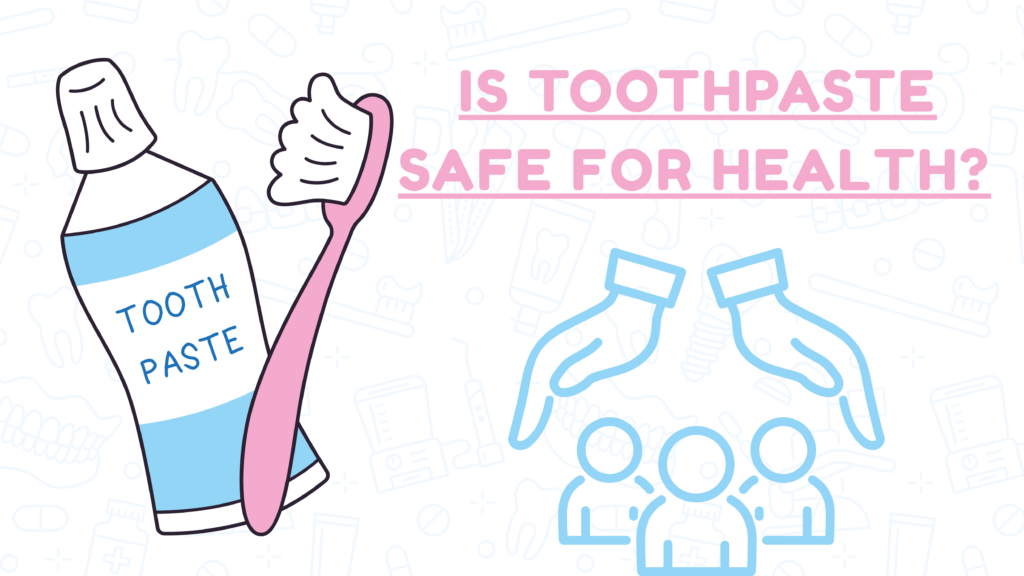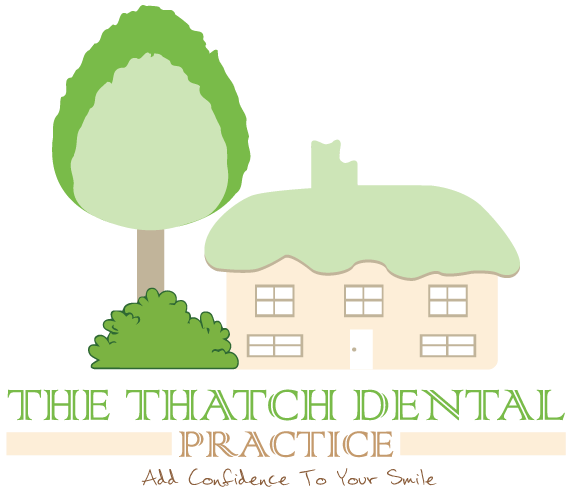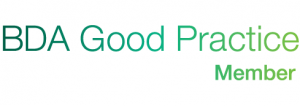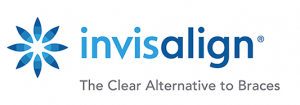
Problem
Every morning and night, millions of people brush their teeth with toothpaste. It has become such a routine that most of us never stop to think: is toothpaste actually safe for health?
We assume it is because dentists recommend brushing, ads promote “strong teeth,” and brands compete on “whitening” or “fresh breath.” But behind the glossy packaging, there are real questions about the ingredients used in toothpaste—fluoride, triclosan, sodium lauryl sulfate (SLS), and even microplastics in some products.
Health-conscious consumers often raise concerns:
- Is swallowing toothpaste harmful?
- Do certain chemicals cause long-term health effects?
- Are “natural” toothpastes actually safer, or just a marketing trick?
The uncertainty leaves people confused.
Agitate
This confusion isn’t just about small worries—it can affect how people care for their oral health.
Fluoride Debate
Fluoride is the most discussed ingredient in toothpaste. According to the Centers for Disease Control and Prevention (CDC), community water fluoridation and fluoride toothpaste have reduced cavities significantly over the last 70 years. But at the same time, excessive fluoride exposure in children can lead to dental fluorosis—a condition that causes white or brown spots on teeth.
A 2019 study in JAMA Pediatrics even linked high maternal fluoride exposure during pregnancy with slightly lower IQ scores in children. While the research is debated, it raised new concerns about safety.
So, while fluoride is effective against cavities, the question becomes: how much is too much?
Triclosan Concerns
Triclosan, an antibacterial agent once common in toothpaste, was banned by the U.S. Food and Drug Administration (FDA) in hand soaps in 2016 due to safety concerns. Studies showed it could disrupt hormone function and contribute to antibiotic resistance.
Interestingly, some toothpaste brands continued using triclosan because it was shown to reduce plaque and gingivitis. But by 2019, most major brands phased it out after consumer pressure.
Sodium Lauryl Sulfate (SLS)
SLS is a foaming agent that makes toothpaste lather. It’s effective at cleaning, but for some people, it causes mouth irritation or can trigger canker sores. Clinical studies published in the Journal of Oral Pathology & Medicine found that SLS-free toothpaste helped reduce the frequency of mouth ulcers in patients prone to them.
Ingestion Risks
Children are at higher risk because they often swallow toothpaste while brushing. The American Dental Association (ADA) recommends only a smear the size of a grain of rice for kids under 3, and a pea-sized amount for children aged 3–6. But surveys show that many parents are unaware of this guideline, which increases the risk of overexposure to fluoride.
Environmental Impact
It’s not just personal health. Toothpaste contributes to environmental issues too. Some toothpastes previously contained microbeads—tiny plastic particles that polluted oceans and harmed marine life. While many countries, including the U.S. and UK, banned microbeads, older products or certain international brands may still contain them.
So, the “simple” act of brushing teeth is tied to larger health and environmental concerns.
Solution
The good news: toothpaste is generally safe when used correctly. The risks mainly arise from misuse, overexposure, or outdated formulations. Here’s what you can do:
1. Use the Right Amount
For adults, a pea-sized amount is enough. For children, follow ADA guidelines—grain of rice for toddlers, pea-sized for kids above 3. This prevents unnecessary ingestion of fluoride.
2. Choose Trusted Brands
Look for products with ADA or equivalent international seals of approval. These are tested for safety and effectiveness. Avoid cheap or unregulated toothpastes that may contain harmful or unapproved ingredients.
3. Read Ingredient Labels
If you are sensitive to SLS or prone to canker sores, pick an SLS-free toothpaste. If you want to avoid artificial flavors or dyes, there are plenty of fluoride toothpastes without them.
4. Consider “Natural” Toothpastes Carefully
Natural toothpastes may replace fluoride with ingredients like xylitol, baking soda, or herbal extracts. Some are effective, but not all are scientifically proven to prevent cavities. A 2019 study in the International Journal of Environmental Research and Public Health found that fluoride-free toothpastes were less effective in preventing demineralization of enamel compared to fluoride ones. So, if you choose natural options, make sure your dentist agrees they’re right for you.
5. Stay Updated on Research
Dental science evolves. Triclosan was once widely accepted but later discouraged. Microbeads were once ignored but are now banned. Keeping track of new studies helps you make better decisions.
6. Don’t Stop Brushing
Despite the concerns, brushing twice daily with toothpaste remains one of the most effective ways to prevent cavities, gum disease, and bad breath. The World Health Organization (WHO) still recommends fluoride toothpaste as a key tool in preventing tooth decay worldwide.
Real-World Example
A case study from the National Health and Nutrition Examination Survey (NHANES) in the U.S. showed that children who used fluoride toothpaste regularly had 30–40% fewer cavities compared to those who didn’t. At the same time, the study found that 40% of parents gave their children more toothpaste than recommended. This highlights the balance: toothpaste works, but only when used correctly.
Final Thoughts
So, is toothpaste safe for health? The answer is yes—when used properly. The risks don’t come from brushing itself but from overuse, swallowing large amounts, or relying on outdated formulations.
Toothpaste has played a vital role in reducing cavities and improving oral hygiene across the world. But like with any health product, it’s important to stay informed, follow recommended guidelines, and choose wisely.
Brushing your teeth shouldn’t be a source of anxiety. With the right knowledge, you can keep your mouth healthy—without worrying about hidden risks in the toothpaste tube.







